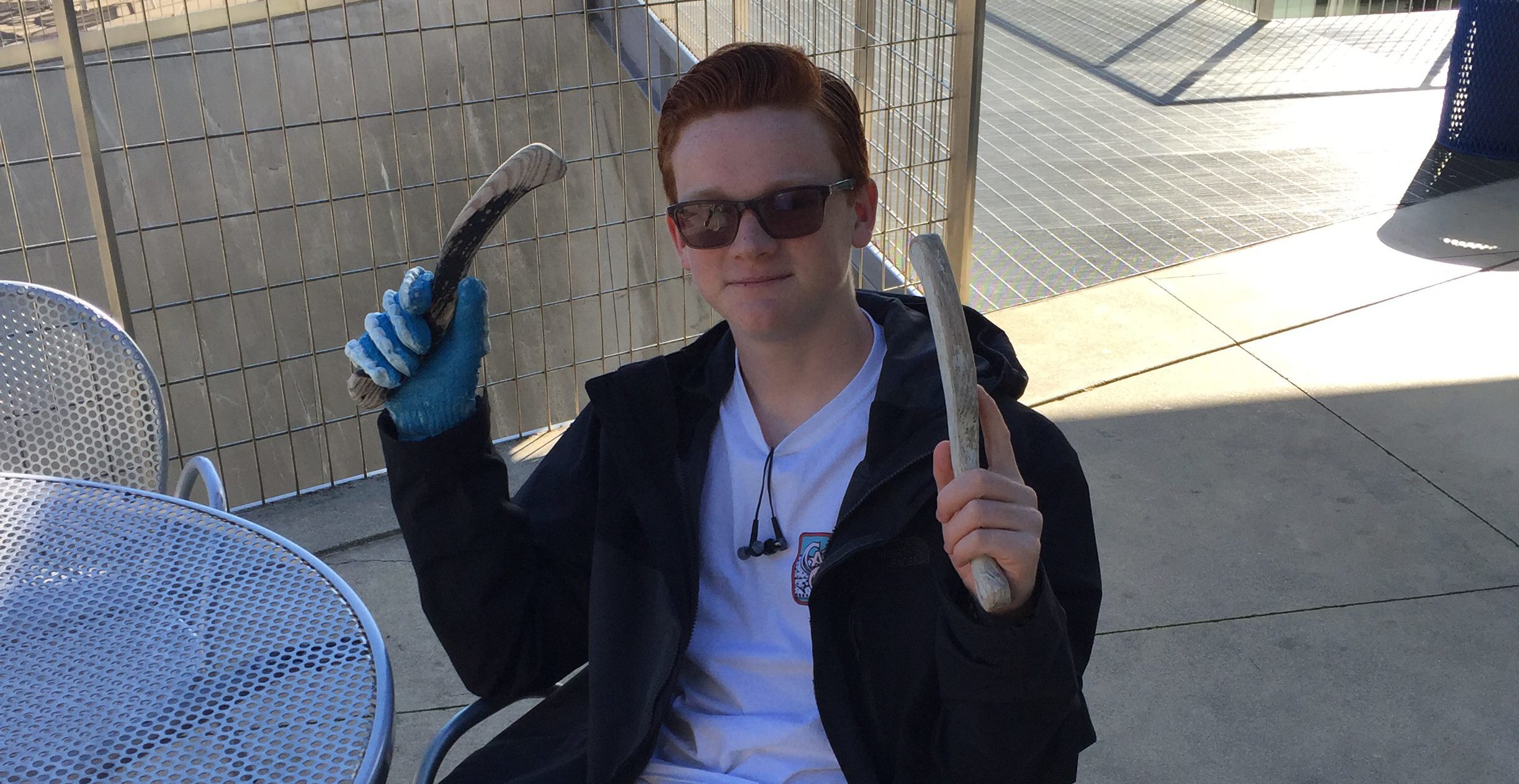When asked about underwater hockey, many respond with laughter. “Is that really a sport?” one might ask. In fact, in sixth grade I had the same initial reaction when learning about the sport’s existence.
Underwater hockey is a co-ed sport played on the bottom of a pool by teams of six players. Each player swims with a short stick while decked out in snorkels, fins, and a mask. Players move the puck by pushing or passing it on the floor of the pool. The objective is to get the puck in the opposing team’s goal. The game is played in two fifteen minute halves with a three minute break in between halves.

It sounds easy enough, until one takes into account the fact that an underwater hockey player has to hold their breath for extended periods of time while maneuvering the puck before coming up to the surface for air. Part of the strategy is knowing the best time to take breaths above the surface. No oxygen masks are allowed, just snorkels. It is a fast paced, non-contact sport and a fantastic way to stay in shape, expand lung capacity and build swimming and free diving capability.
The game was created in August 1954 when Scuba divers in Southsea England were confined to swimming laps for six straight months to maintain aerobic and physical shape due to the frigid water conditions of the English channel. When diver Alan Blake met with members of the British Sub-Aqua Club, he recalls wanting “a competitive game to soak up the winter interlude.” The group created a sport they dubbed “Octopush.”
Thirty-seven years later, Southsea renamed the sport underwater hockey. Over sixty years after its creation, the game has spread not only throughout England, but also has gained immense popularity across the globe. Today, the sport is most popular in Australia, New Zealand, South Africa and Canada, but it is played in over 20 countries and within numerous cities across the United States.

In San Francisco, the San Francisco Sea Lions are the only team. San Jose also boasts its own travel underwater hockey team, Club Puck. Both of these squads consist of a diverse group of players ranging from senior journalists to millennial software developers to middle school students. Bridge Robinson ’19 played with the Sea Lions from 4th grade to 7th grade. He jokes that because underwater hockey is eccentric, “the sport attracts weird people.”
While the sport is gaining popularity, its potential to grow is capped by the fact that is not a great spectator sport. While basketball and football can draw thousands of fans, underwater hockey is very difficult to watch since observers have to watch the game unfold underneath the water surface. While Olympic buzz for the sport grows, advocates for making the game mainstream have to figure out a way to make the game fun to watch if underwater hockey wants to cement its spot in future Olympiads. Even then, Robinson believes that underwater hockey will “remain a fringe sport.”







